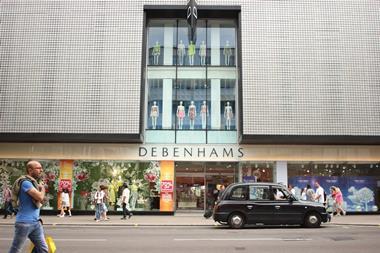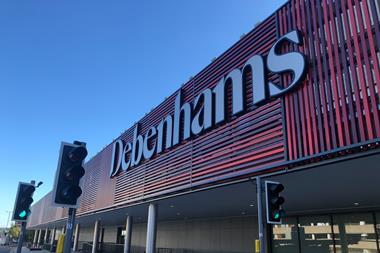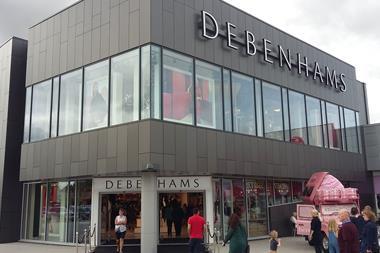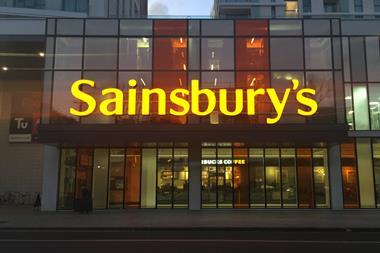Debenhams unveiled its Beauty Hall of the Future in Watford earlier this week, showing off a new take on the traditional beauty department.
Intended to showcase emerging brands, the Beauty Hall is divided into zoned areas such as its hair lab, a men’s lab and a mini bar, which is essentially a pick’n’mix of travel-size premium beauty products for customers to select and pack in a giftbox as a present.
One fifth of the space is given over to its Beauty Club House, which is brand-agnostic but, interestingly, is funded by Estée Lauder.
The club house features a range of brands – Ouai, La Bruket and Sand & Sky – which are smaller and more under-the-radar than the bigger department store usual suspects such as Clinique, Clarins or Lancome.
The other four fifths is more traditional but is definitely more aesthetically pleasing than the standard Debenhams offer with the perfume department, or perfumery, decked out in soft wood and artisanal-looking lighting rather than languishing under strip lighting.
The more ‘experiential’ – to use the parlance of the department store – offer includes a Benefit brow bar, a beauty bar powered by Debenhams’ strategic partner Blow and a lab from French aesthetics company Filorga.
Join the Club
Accompanying the Beauty Club House is Debenhams’ online Beauty Club, which launched last month and has already garnered 6,000 members. The concept is not new – Sephora already runs its Beauty Insider community – but Debenhams is the first major UK retailer to cotton on to it in such a way.
The boom in beauty has boosted the always dedicated following of the category, resulting in an authentic community developing around brands and products.
“The nub of the problem is this, however: it’s innovative – for Debenhams. That’s a big qualifier”
Anyone who doubts that the search for the HG (Holy Grail) foundation can form a community should take a look at the reams of threads on sites such as makeupalley or intothegloss, the website which spawned millennial favourite make-up brand Glossier.
Debenhams has created its beauty club along much the same lines as makeupalley but with added bonuses such as expert masterclasses. Cleverly, it also reels in users by giving them points to spend on products if they start conversations or reply to others’ posts.
The more active a Beauty Club member is in the online community, the more discounts they get on the product they want. Beauty Club reviews are also displayed on selected products, in much the same way Waterstones staff review their favourite books, adding to the online/offline blend and reinforcing the sense of community.
The problem
Initiatives such as these should help Debenhams’ fight for relevance and win it younger consumers. The nub of the problem is this, however: it’s innovative – for Debenhams. That’s a big qualifier.
The department store group is looking in the right places for inspiration and making it work for it. But the ideas are arguably less impressive in themselves and more impressive because it’s Debenhams and we have come to not expect much from the retailer, which has issued three profit warnings this year.
The rest of Debenhams’ new store is not so innovative. This is also a problem.
Sure, the new Loaf & Bloom is much nicer than Debenhams’ old own-brand café and the changing rooms are designed with care – adjustable lighting and space to move around will surely help convert sales at the last hurdle rather than leaving the customer harassed and sweaty in an over-bright, claustrophobia-inducing cubicle.
But the fashion ranging doesn’t look vastly different and I doubt that the pint-sized homewares section would persuade many people away from bigger, more successful players.
If Debenhams can begin to think about its core clothing product as it has about beauty and elements of the customer experience such as changing rooms, then it may well begin to climb out of the hole it’s found itself in. That’s one club that management will, surely, be keen to join.


























1 Reader's comment